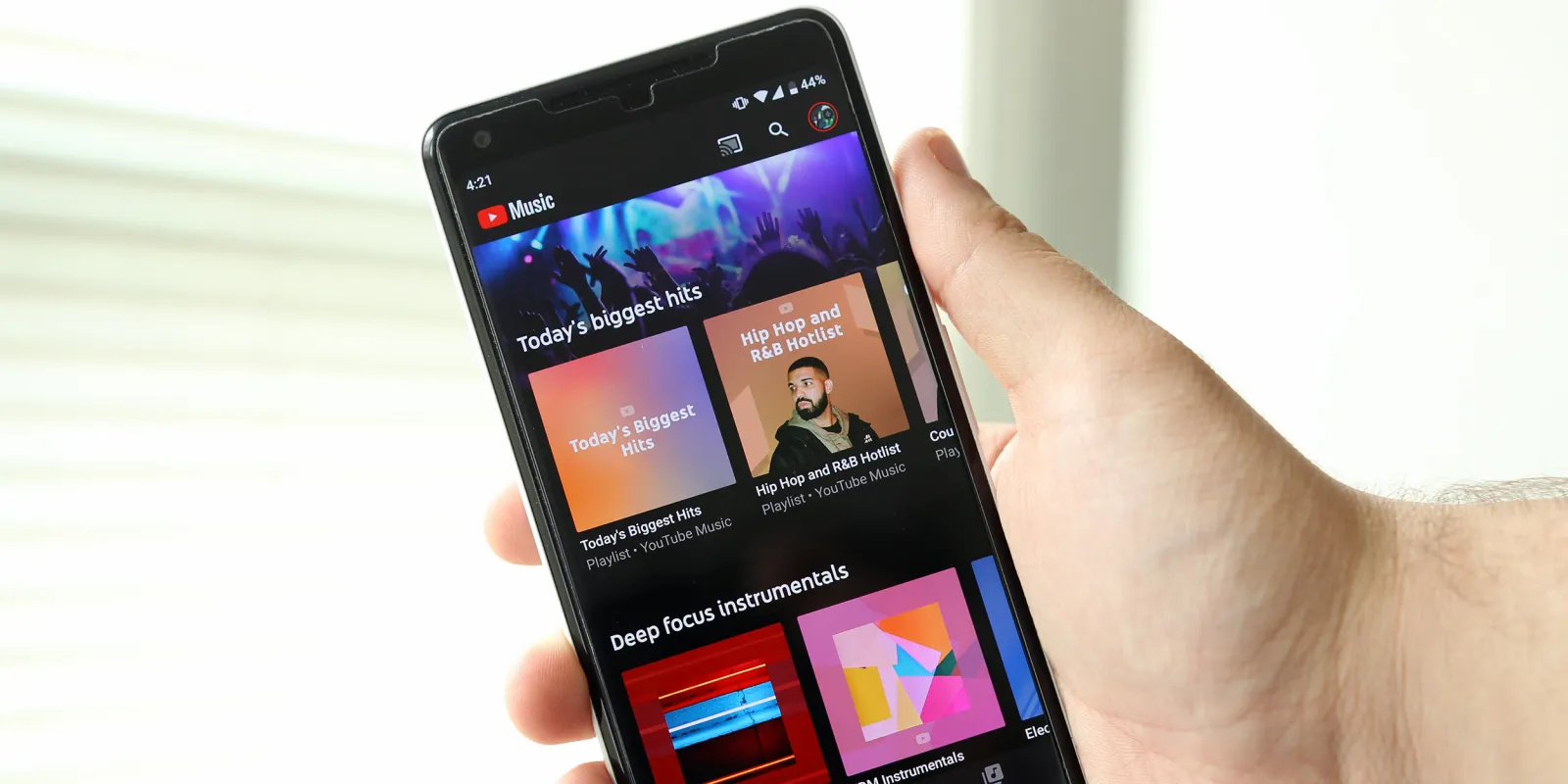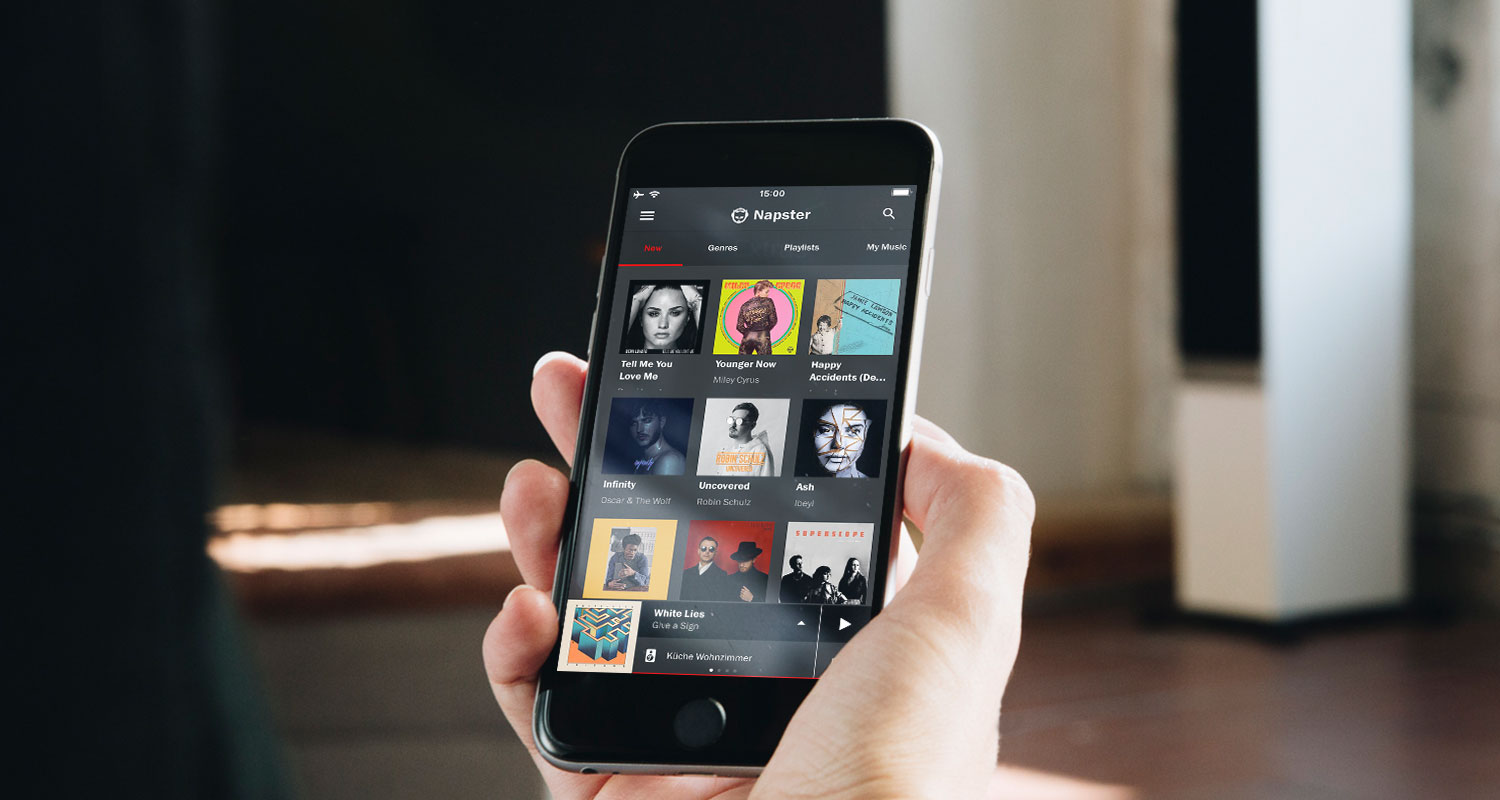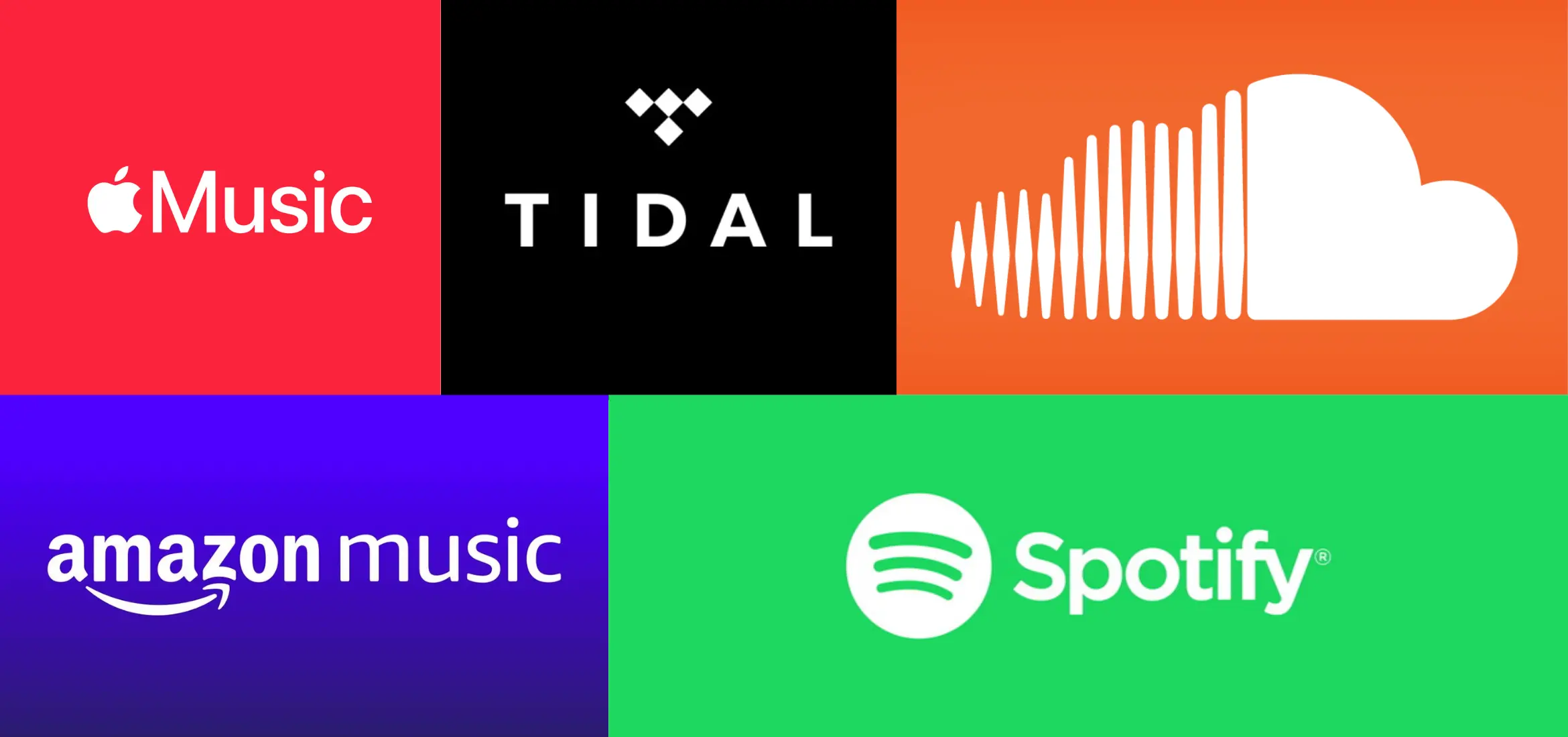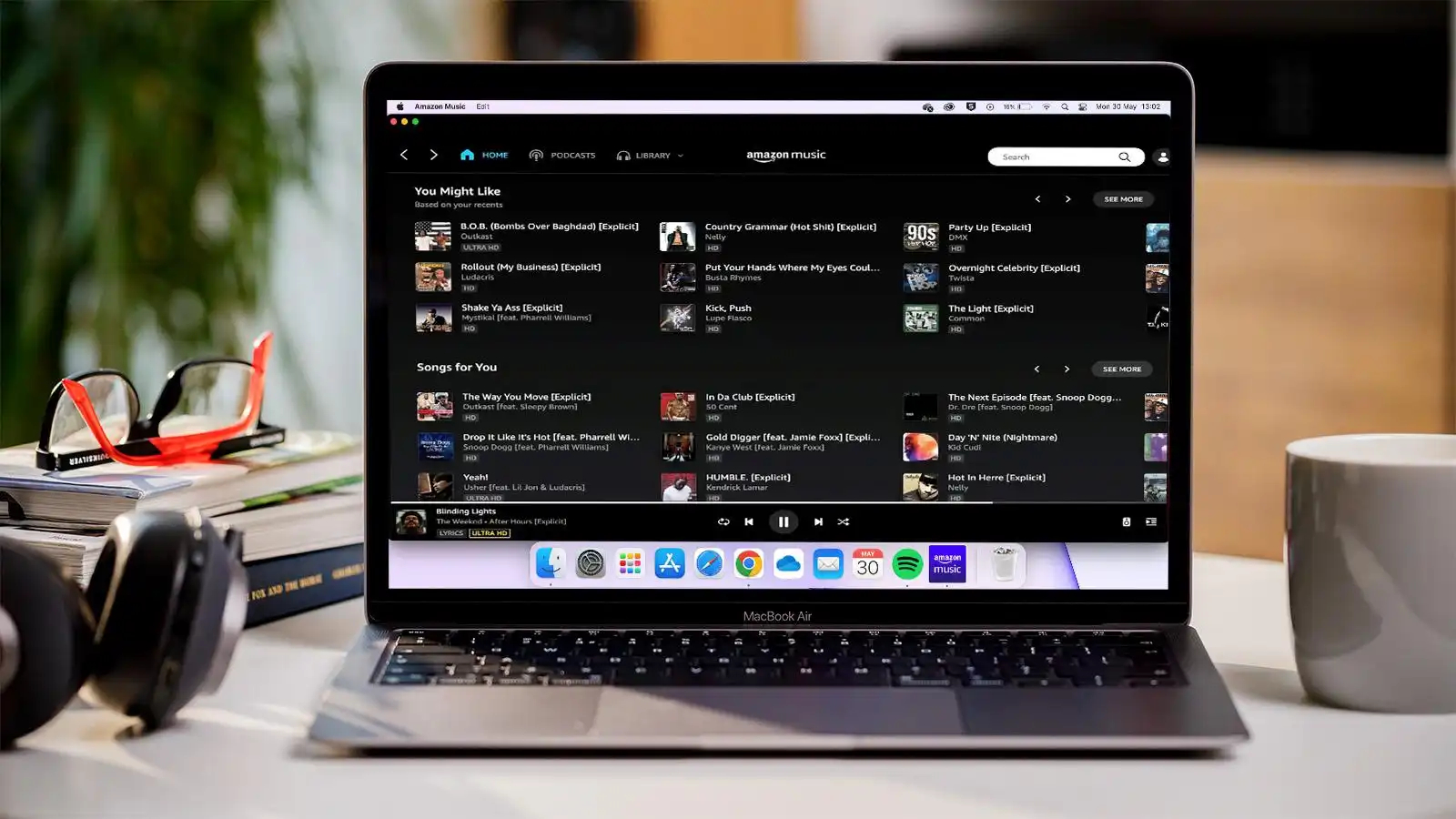Home>Devices & Equipment>Streaming>What Does Caching Music While Streaming Do?


Streaming
What Does Caching Music While Streaming Do?
Modified: March 9, 2024
Learn how caching music while streaming improves playback and reduces buffering. Discover the benefits of caching for a seamless streaming experience.
(Many of the links in this article redirect to a specific reviewed product. Your purchase of these products through affiliate links helps to generate commission for AudioLover.com, at no extra cost. Learn more)
Table of Contents
Introduction
In the fast-paced world of music streaming, the concept of caching plays a pivotal role in enhancing the user experience. When you hit play on your favorite track, the seamless playback experience owes much to the behind-the-scenes magic of caching. But what exactly does caching music while streaming entail, and how does it impact your listening experience? This article delves into the intricacies of caching in music streaming, shedding light on its mechanisms, benefits, and potential drawbacks.
Caching, in the context of music streaming, involves the temporary storage of audio data on your device as you listen to music. This process is designed to optimize the playback experience by preloading portions of the song or album, thereby reducing the reliance on continuous data streaming. Essentially, caching allows your device to store and access chunks of music data locally, minimizing the need for real-time data retrieval from the streaming service's servers.
As the digital age continues to revolutionize the way we consume music, caching has emerged as a fundamental component of the streaming ecosystem. Whether you're tuning in to a high-energy playlist during a workout session or immersing yourself in a soothing melody during a quiet evening, the seamless playback facilitated by caching contributes significantly to the uninterrupted flow of your musical journey.
In the subsequent sections, we will explore the inner workings of caching in music streaming, uncovering the advantages it offers to listeners and the potential considerations that come into play. By gaining a deeper understanding of caching and its implications, you will be better equipped to appreciate the intricacies of your streaming experience and make informed choices regarding your music consumption habits. So, let's embark on this exploration of caching in music streaming, unraveling its impact on the way we groove to our favorite tunes.
How Caching Works in Music Streaming
Caching in music streaming operates as a strategic mechanism to optimize the playback experience for users. When you initiate playback of a song or album on a streaming platform, the caching process comes into play, orchestrating a seamless and uninterrupted listening experience. So, how does caching work its magic in the realm of music streaming?
Upon hitting play, the streaming service begins to preload portions of the audio data onto your device. This preloading, or caching, involves storing segments of the music locally, allowing for swift access and playback without solely relying on continuous data streaming from the service's servers. As you delve into your favorite tracks, the cached data enables your device to swiftly retrieve and play the music, reducing the potential disruptions caused by fluctuating network conditions or limited bandwidth.
The caching process is intelligently designed to anticipate your listening patterns, ensuring that the next segments of the music are preloaded in advance. This predictive caching mechanism aims to minimize buffering delays and maintain a seamless flow of music, regardless of external factors that may impact network connectivity.
Furthermore, caching in music streaming is tailored to optimize the utilization of device resources. By locally storing portions of the audio data, the streaming app can efficiently manage the playback, reducing the strain on network resources and enhancing the overall efficiency of the streaming experience.
In essence, caching in music streaming operates as a silent ally, working behind the scenes to ensure that your musical journey unfolds without interruptions. It empowers your device to anticipate and fulfill your musical desires, all while mitigating the potential disruptions that could hinder the enjoyment of your favorite tunes.
As we unravel the intricacies of caching in music streaming, it becomes evident that this process is intricately woven into the fabric of our listening experiences, enriching the way we engage with music in the digital age. The next section will delve into the myriad benefits that caching brings to the forefront of the music streaming landscape, shedding light on the advantages it offers to avid music enthusiasts.
Benefits of Caching Music While Streaming
Caching music while streaming yields a plethora of benefits that significantly elevate the user experience and redefine the way we engage with our favorite tunes. Let's delve into the compelling advantages that caching brings to the forefront of the music streaming landscape:
-
Seamless Playback: Caching empowers music streaming platforms to preload segments of audio data, ensuring swift access and playback. This translates to a seamless listening experience, where the music flows uninterrupted, irrespective of network fluctuations or bandwidth limitations. By minimizing buffering delays, caching fosters a fluid and immersive musical journey, allowing listeners to stay immersed in the melodies without disruptions.
-
Optimized Performance: With cached data readily available on the user's device, music streaming apps can optimize performance by efficiently managing the playback process. This not only reduces the strain on network resources but also enhances the overall efficiency of the streaming experience. As a result, users can enjoy high-quality audio playback with minimal reliance on real-time data streaming, thereby optimizing the utilization of device resources.
-
Bandwidth Conservation: Caching plays a pivotal role in conserving bandwidth, especially in scenarios where users have limited data plans or are operating in areas with restricted network access. By preloading portions of the music, caching minimizes the need for continuous data streaming, thereby reducing the overall data consumption. This conservation of bandwidth not only benefits users with limited data allowances but also contributes to a more sustainable and efficient use of network resources.
-
Enhanced User Control: Caching empowers users with greater control over their listening experiences. By locally storing segments of the music, caching allows for offline playback, enabling users to enjoy their favorite tracks even in environments with limited or no network connectivity. This offline accessibility broadens the scope of music consumption, offering flexibility and convenience to users who may not always have access to a stable internet connection.
-
Improved Battery Efficiency: The local storage of cached music data contributes to improved battery efficiency on mobile devices. With reduced reliance on continuous data streaming, the device's battery consumption is optimized, allowing users to indulge in extended listening sessions without undue strain on their device's power resources.
In essence, caching music while streaming enriches the user experience by fostering seamless playback, optimizing performance, conserving bandwidth, enhancing user control, and improving battery efficiency. These benefits collectively contribute to a more immersive, efficient, and flexible music streaming experience, redefining the way we engage with our favorite melodies in the digital era.
Drawbacks of Caching Music While Streaming
While caching in music streaming offers a multitude of benefits, it is essential to acknowledge the potential drawbacks that accompany this process. Understanding these drawbacks provides a comprehensive view of the implications of caching on the overall streaming experience.
-
Stale Content: One of the primary drawbacks of caching music while streaming is the potential for content to become stale. As cached data is stored locally on the user's device, there is a risk of the content becoming outdated, especially in scenarios where the streaming service updates its music library or metadata. This can lead to discrepancies between the cached content and the latest offerings, potentially impacting the accuracy and relevance of the music being accessed.
-
Storage Constraints: Caching music data consumes storage space on the user's device. In instances where users have limited storage capacity, the accumulation of cached music segments can encroach upon available space, potentially leading to storage constraints. This becomes particularly relevant for users who frequently stream a wide variety of music, as the accumulation of cached data may necessitate periodic management of storage resources.
-
Privacy Considerations: Caching raises privacy considerations, especially in shared or public environments. As cached data remains accessible on the device, there is a potential risk of unauthorized access to the locally stored music segments. This can raise concerns regarding the privacy and security of the cached content, particularly in scenarios where multiple users have access to the same device.
-
Network Dependency: While caching minimizes the reliance on continuous data streaming, it does not eliminate the need for network connectivity altogether. In scenarios where the cached data is unavailable or becomes outdated, the streaming experience may still be contingent upon network access for the retrieval of updated content. This network dependency can pose challenges in environments with limited or intermittent connectivity.
-
Content Licensing and Rights Management: Caching music data introduces complexities related to content licensing and rights management. As the cached content resides locally on the user's device, ensuring compliance with licensing agreements and rights management becomes a pertinent consideration. The management of cached content in alignment with licensing terms necessitates diligent oversight to uphold legal and contractual obligations.
Acknowledging these drawbacks provides a holistic understanding of the implications of caching in music streaming. While the benefits of caching significantly enhance the user experience, these drawbacks underscore the importance of balanced considerations in optimizing the caching process to mitigate potential challenges.
In essence, the drawbacks of caching in music streaming highlight the need for thoughtful management and strategic implementation to address concerns related to content currency, storage constraints, privacy considerations, network dependency, and content licensing. By navigating these considerations with prudence, the streaming ecosystem can harness the advantages of caching while mitigating its potential drawbacks, fostering a more robust and user-centric music streaming landscape.
Conclusion
In the dynamic realm of music streaming, caching emerges as a pivotal force shaping the landscape of user experiences. As we navigate the intricacies of caching music while streaming, it becomes evident that this process is not merely a technical mechanism but a transformative enabler that redefines the way we engage with music in the digital era.
The seamless playback facilitated by caching empowers listeners to immerse themselves in their favorite melodies without the disruptions of buffering delays or network fluctuations. This fluid and uninterrupted musical journey, underpinned by caching, transcends the constraints of traditional streaming, offering a harmonious fusion of technology and artistry.
Moreover, the myriad benefits of caching, including optimized performance, bandwidth conservation, enhanced user control, and improved battery efficiency, collectively elevate the streaming experience to new heights. By fostering a more immersive, efficient, and flexible music consumption landscape, caching enriches the lives of music enthusiasts, enabling them to curate their sonic adventures with unparalleled ease and fluidity.
However, it is essential to acknowledge the potential drawbacks associated with caching, such as content staleness, storage constraints, privacy considerations, network dependency, and content licensing complexities. These considerations underscore the need for balanced management and strategic implementation to optimize the caching process, ensuring that the benefits outweigh the potential challenges.
As we conclude this exploration of caching in music streaming, it is evident that this process serves as a bridge between technological innovation and artistic expression, harmonizing the intricacies of data management with the emotive power of music. By embracing the transformative potential of caching while navigating its considerations with prudence, the streaming ecosystem can cultivate a more robust, user-centric, and harmonious musical landscape, where the melodies flow seamlessly, and the rhythms resonate with unbounded freedom.
In essence, caching music while streaming transcends its technical underpinnings to become a symphony of innovation, empowerment, and artistry, enriching the way we groove to our favorite tunes and paving the way for a harmonious fusion of technology and musical expression in the digital age.











